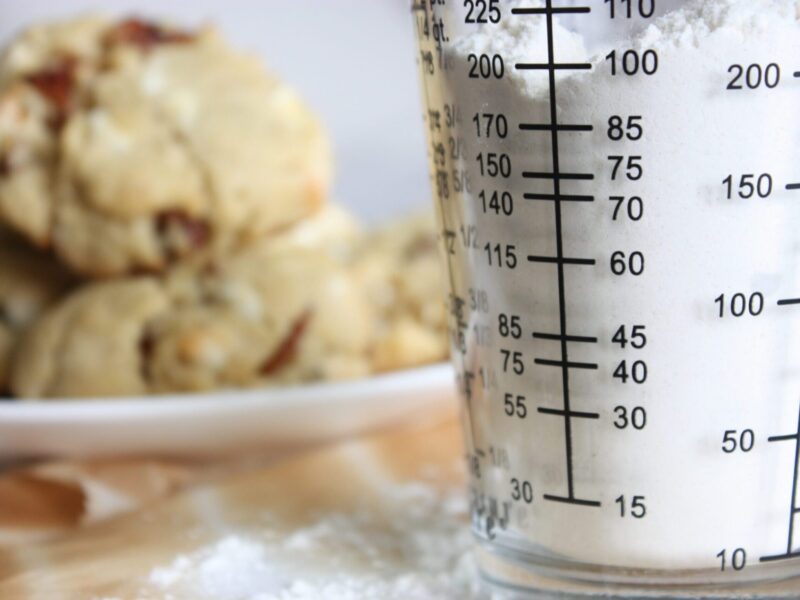Introduction:
Keeping track of your nutritional consumption is a crucial step toward maintaining a balanced and healthy diet in today’s health-conscious society. When delving into the complexities of nutritional planning, it might be difficult to translate milliliters (ml) to grammes (g). The composition of different foods and beverages can be understood in large part thanks to these conversions. We’ll discuss how ml to grams conversions are essential for anyone serious about tracking and maximising their dietary intake in this guest article.
The Basics of ml to g Conversions:
Let’s develop a fundamental understanding of ml to grams conversions before we get into the practical issues of food planning. These conversions essentially aid in bridging the distance between volume (ml) and weight (g). Understanding the density of the substance in question is crucial because it varies greatly among various foods and drinks.
The Universal Converter:
Water is frequently used as the reference material for ml to grams conversions because, at ordinary conditions (room temperature and atmospheric pressure), it has a density of about 1 g/ml. Accordingly, 100 ml of water weighs about 100 grams. Many nutritional labels provide the equivalent weight in grammes along with the milliliters of a beverage or sauce, making it simpler for consumers to make purchasing decisions.
Practical Applications in Dietary Planning:
Beverages & Fluids: Knowing how to convert ml to grams will help you determine the weight of beverages like milk, fruit juices, and even your morning coffee when keeping track of your daily fluid intake. If you’re watching your calorie intake, this information can be extremely helpful.
Cooking and Recipe Modifications: For individuals who enjoy experimenting in the kitchen, converting ml to grams becomes crucial when working with products like yogurt, olive oil, honey, or honey. It guarantees accuracy in the execution of recipes and enables more effective portion management.
Supplemental nutrition: Millilitres are a common unit of measurement for dietary supplements like protein powders and liquid vitamins. Changing these measures to grammes enables you to calculate your daily intake of important nutrients with accuracy.
Dietary Tracking applications: Numerous websites and mobile applications are made to assist people in keeping track of their dietary consumption. Knowing how to convert between millilitres and grams enables you to accurately enter your consumption for a more accurate dietary assessment.
ml to grammes conversions give you the ability to compare products based on their nutritional value when reading food labels. Making educated decisions about your diet requires having access to this information.
conclusion:
Remember that knowledge is your greatest ally as you start down the path to improved eating habits. Planning and monitoring your nutritional intake will be much easier if you have a solid understanding of ml to grammes conversions. It gives you the power to decide on calorie counts, portion sizes, and overall nutritional balance.

